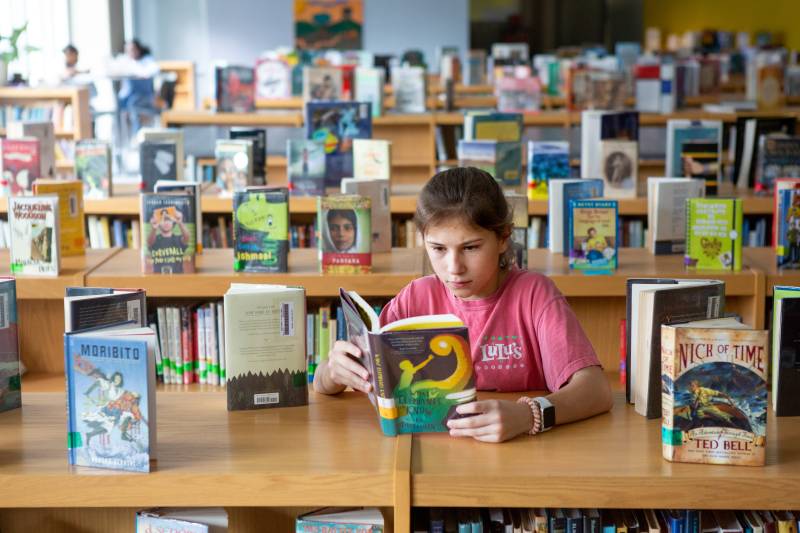When teachers familiarize themselves with students’ reading histories, they may uncover reading trauma — moments when students had a negative experience with a peer, teacher or librarian that turned them off of reading. Students with reading trauma associate reading with painful feelings of shame or stress and doubt their reading abilities, said Boston-based educator Kimberly Parker in a recent webinar organized by the Texas A&M Collaborative for Teacher Education.
Take reading logs, for example. Asking students to track at-home reading can make exploring books seem like a chore. And students with incomplete reading logs can learn to associate reading with penalization. A 2012 study found that reading logs led to less motivation and less interest in recreational reading. “It actually drives students further away from reading,” said Parker, who wrote “Literacy is Liberation: Working Towards Justice Through Culturally Relevant Teaching” and has spent over 20 years working in literacy communities.
Another practice that can lead to reading trauma is when teachers refer to students by their reading level. Reading level measurements, such as The Lexile Framework, should only apply to the texts students read and not to the students themselves, Parker said. “We get in trouble when we say that a kid is a ‘Lexile x’ or an ‘840,’” she noted. “Children are not levels.” Also, when teachers designate reading levels to students, kids may feel limited to only reading books with that designation.
In the Texas A&M Collaborative webinar, Parker shared strategies for how teachers can embrace students’ multifaceted reading lives and help them build positive relationships with reading. “They are more than their trauma,” she said. “If we just see them for their trauma, particularly for their reading trauma, then we miss so much.”
Vary text levels
Parker encouraged teachers to consider whether their go-to reading practices are guided by humanizing, asset-based research. For example, some teachers believe if reading is too easy or too hard, students won’t learn. However, research shows that when teachers only assign books that match a child’s reading level or teach to the lowest performing readers, they limit students’ exposure to different texts and reduce their opportunities to advance their reading abilities.


